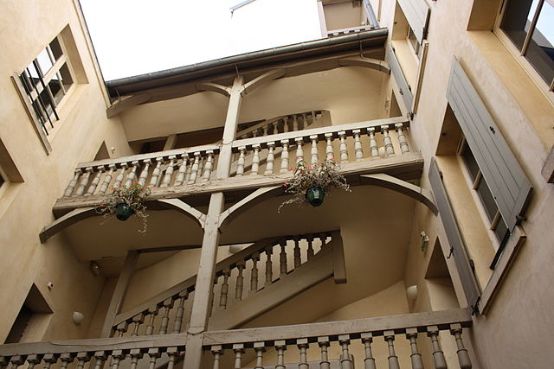Life story of Debussy's last work
The violin sonata is one of the few works for violin and piano by Claude Debussy. This new publication sheds light on the background to its creation and the various sources.

In his English foreword (translated into French and German), the capable American editor Douglas Woodfull-Harris explains, with many quotations from the time, how Debussy only came up with the idea of composing chamber music at the end of his life: in 1914 he liked arrangements of two of his piano pieces by the Hungarian-American violinist Arthur Hartmann for violin and piano so much that he arranged another piece for this instrumentation - all three are included in this booklet - and gave an enchanting performance with Hartmann. He then planned the series of works Six Sonates pour divers instrumentsfrom which he was able to complete the Cello Sonata (1915), the Sonata for Flute, Viola and Harp (1916) and the Violin Sonata. In 1917, Debussy, who was suffering from cancer, worked on the premiere of the unfinished Violin Sonata with the violinist Gaston Poulet - his last public performance. We hear in detail about the circumstances of later performances and editions.
The sonata is printed here twice, according to the two most important sources. The large slurs of the first version correspond to the composer's phrasing intentions, those of the second to violin-technical requirements. Let us try to realize the first with the help of the second! In the Critical Commentary (English only) one is amazed at where the editor has tracked down sources: in Paris, Winterthur, Washington DC, Geneva. They provide the material for over a hundred annotations; they are valuable details for our own interpretation.
Claude Debussy: Works for violin and piano (Sonata, Minstrels, La fille aux cheveux de lin, Il pleure dans mon coeur), edited by Douglas Woodfull-Harris, BA 9444, € 18.95, Bärenreiter, Kassel








